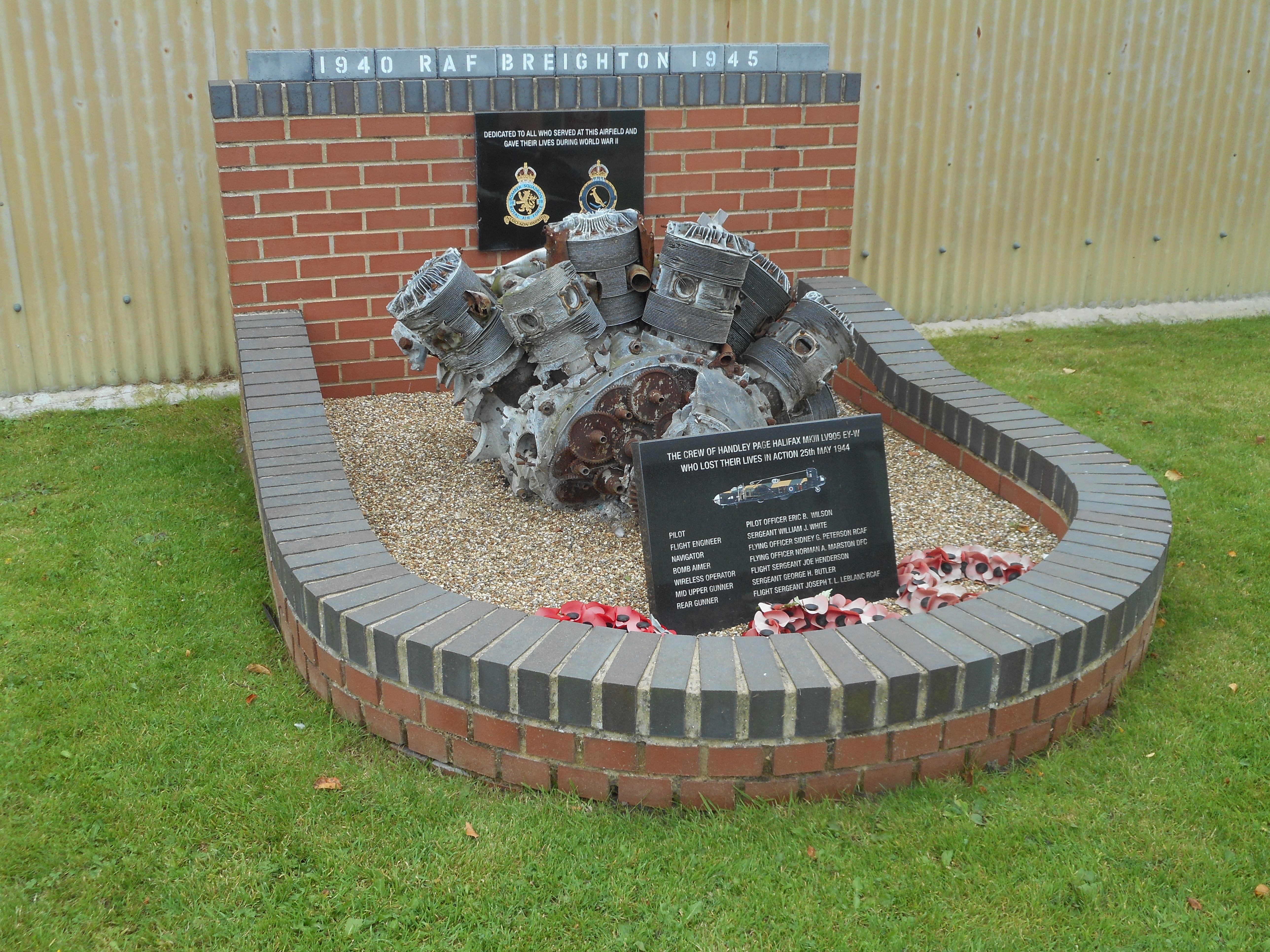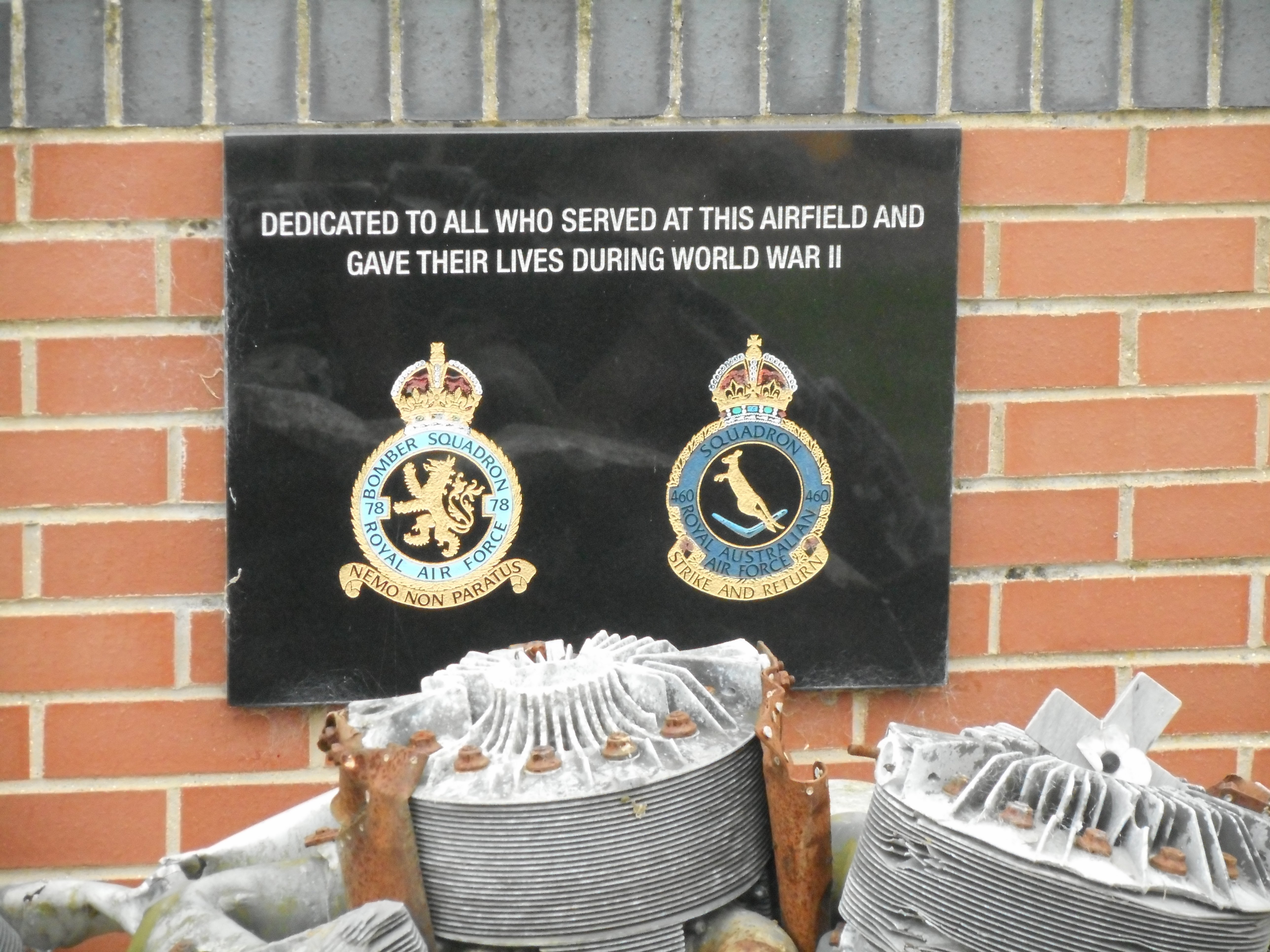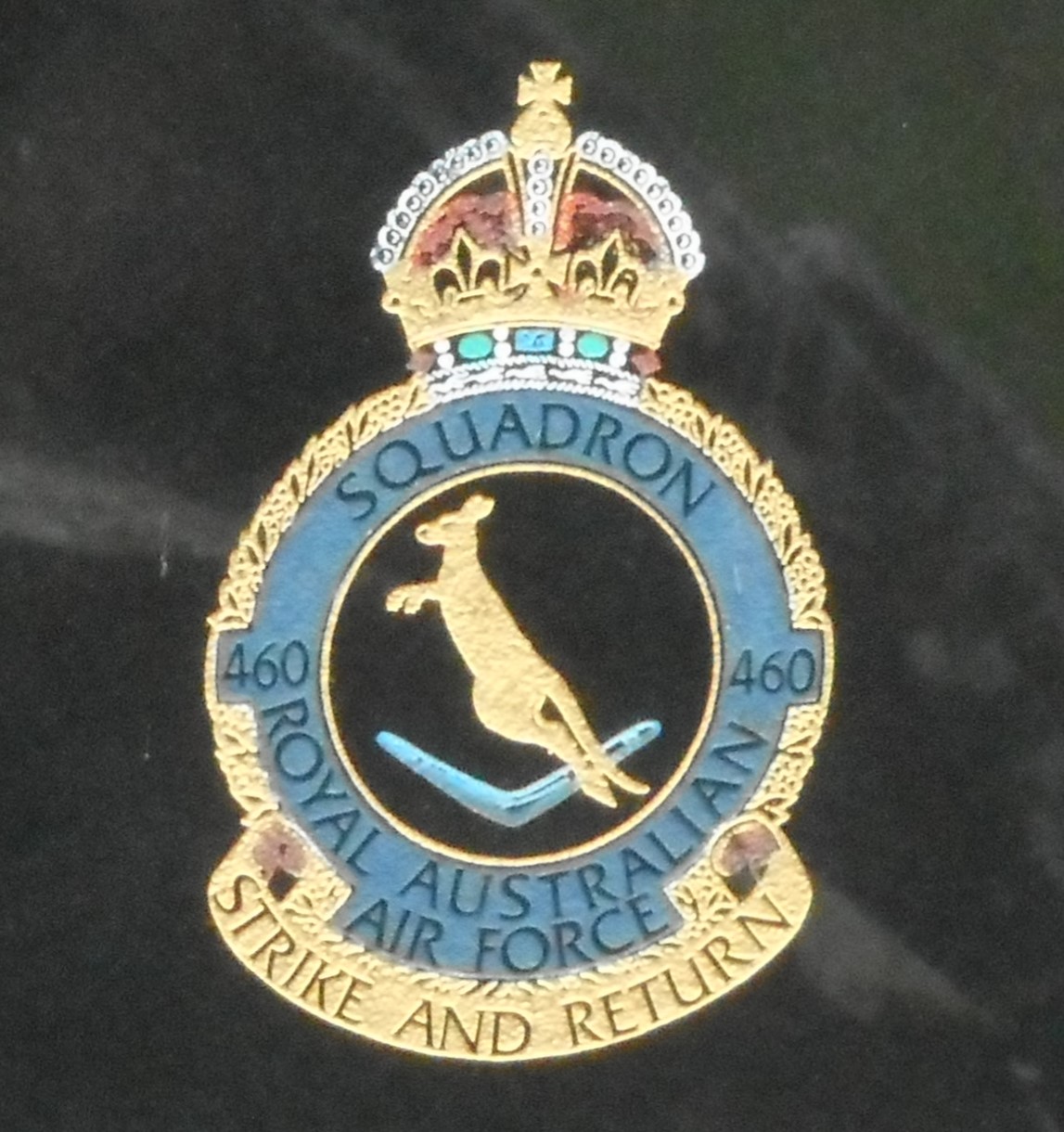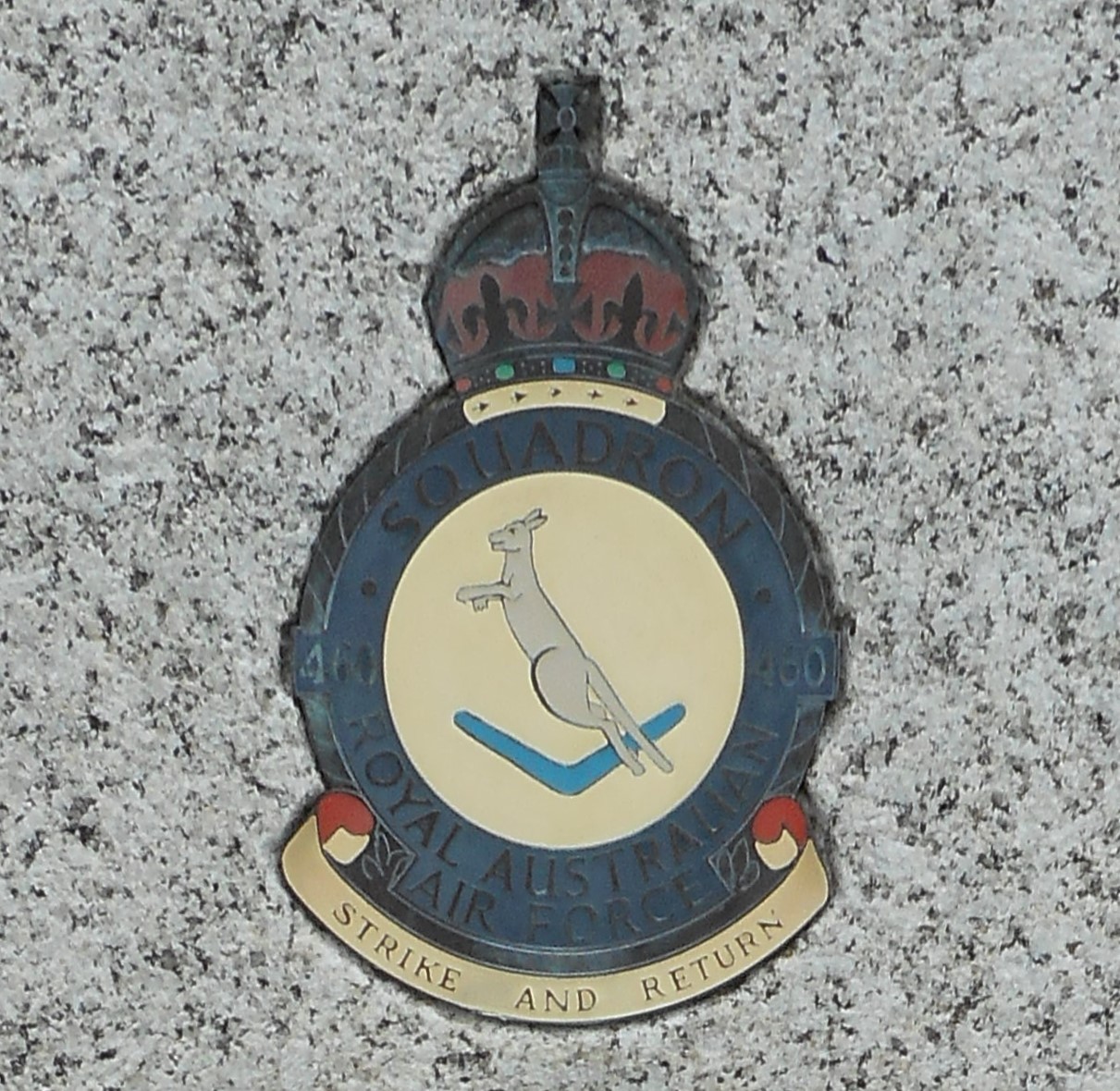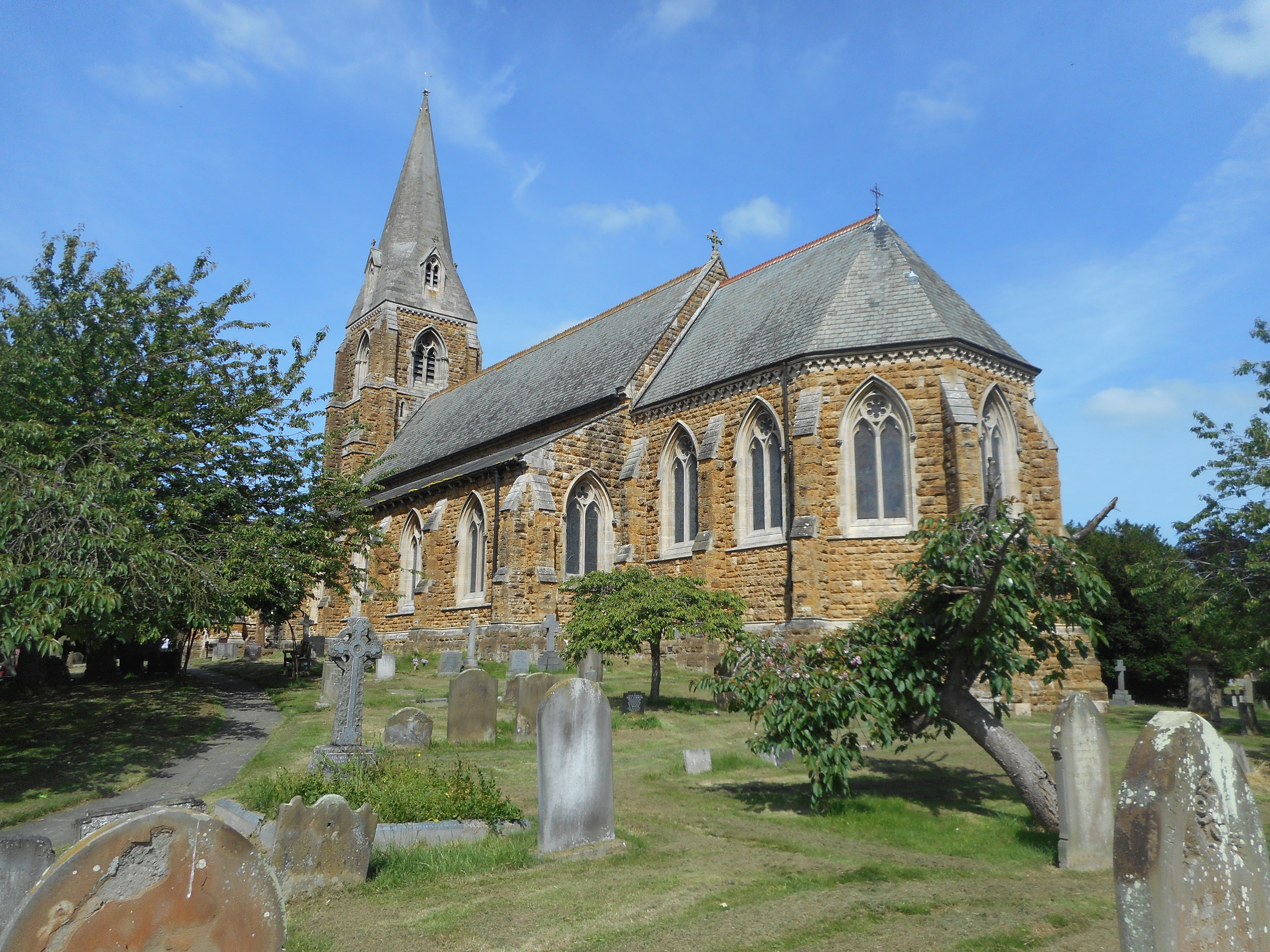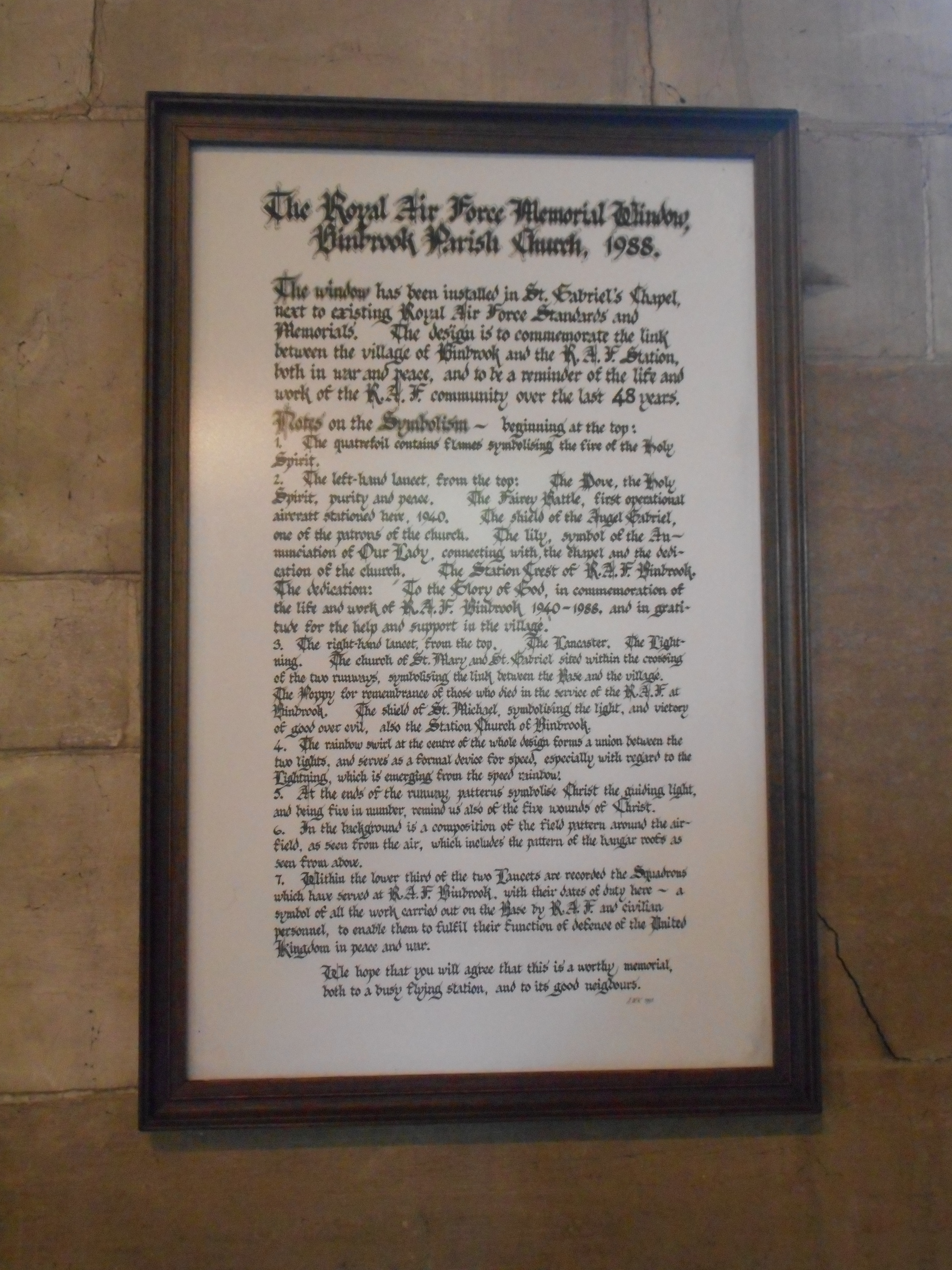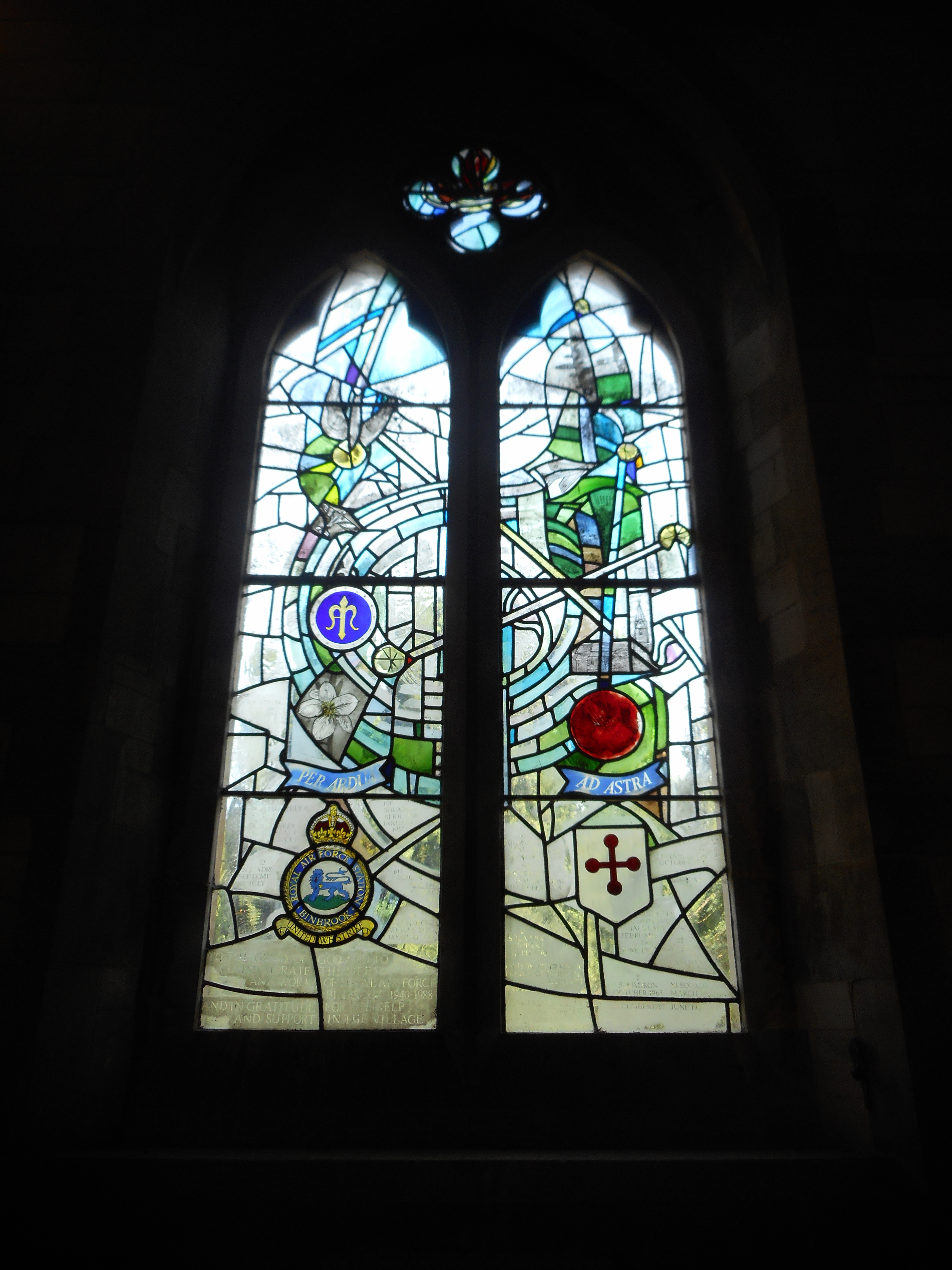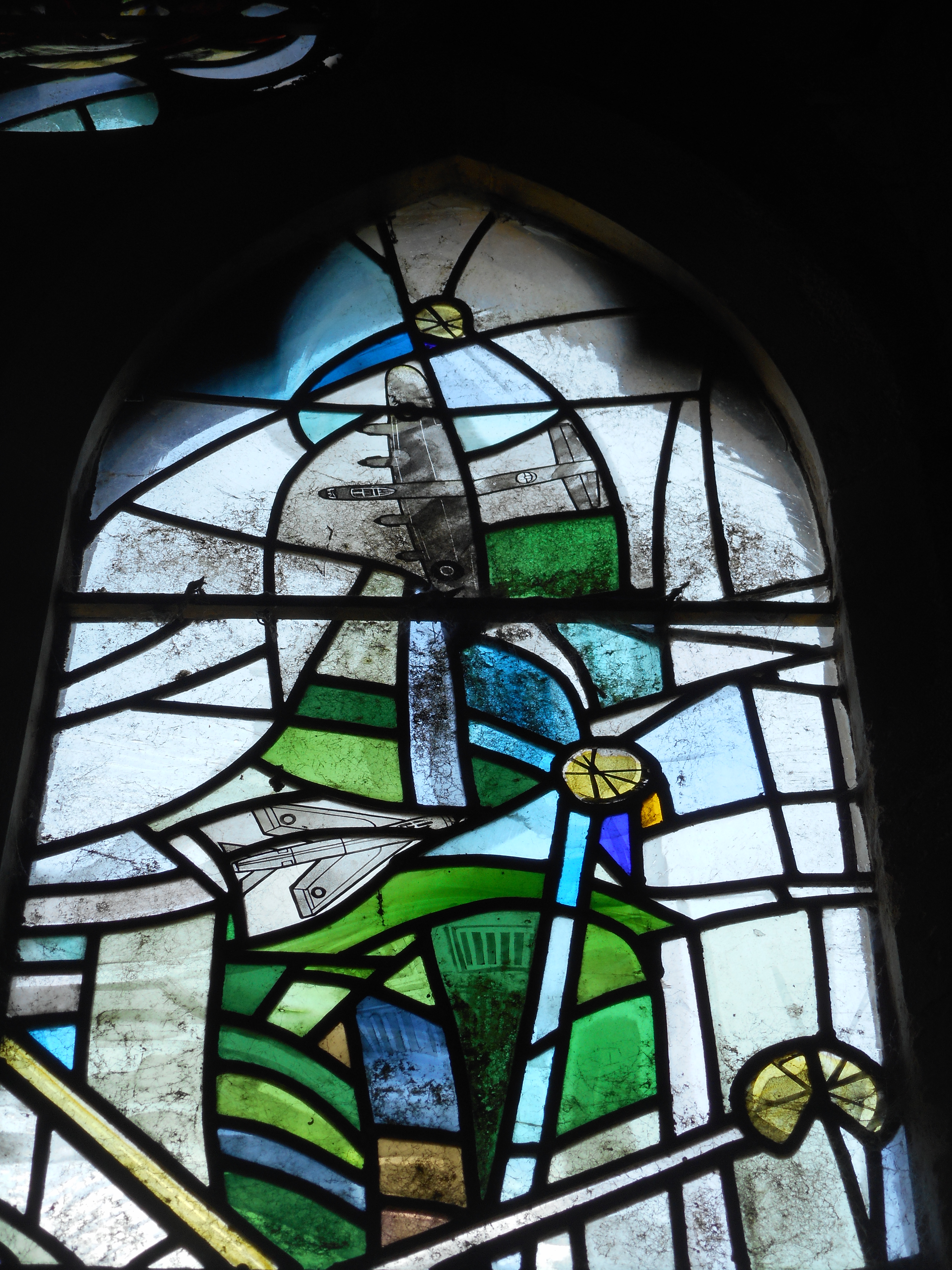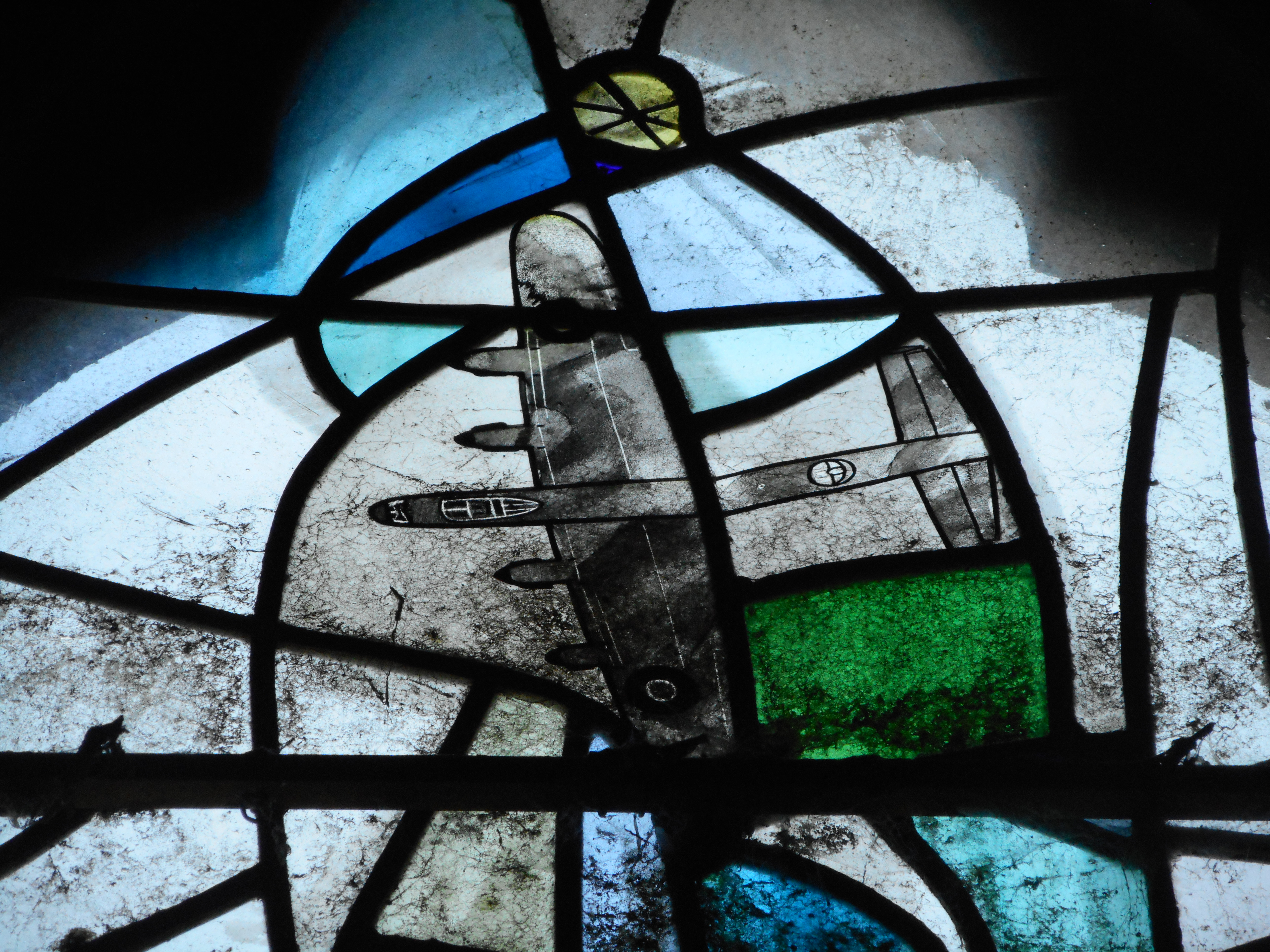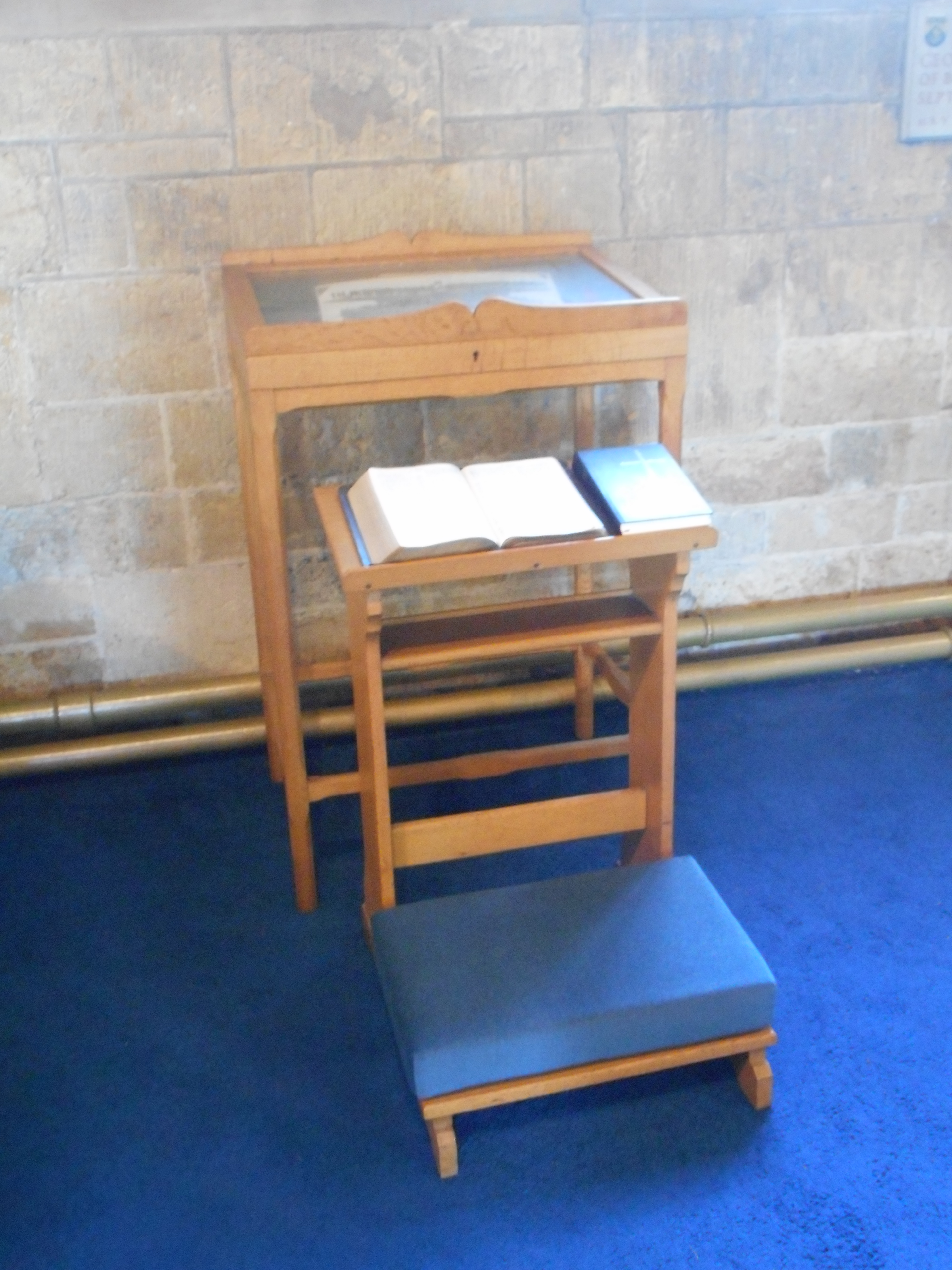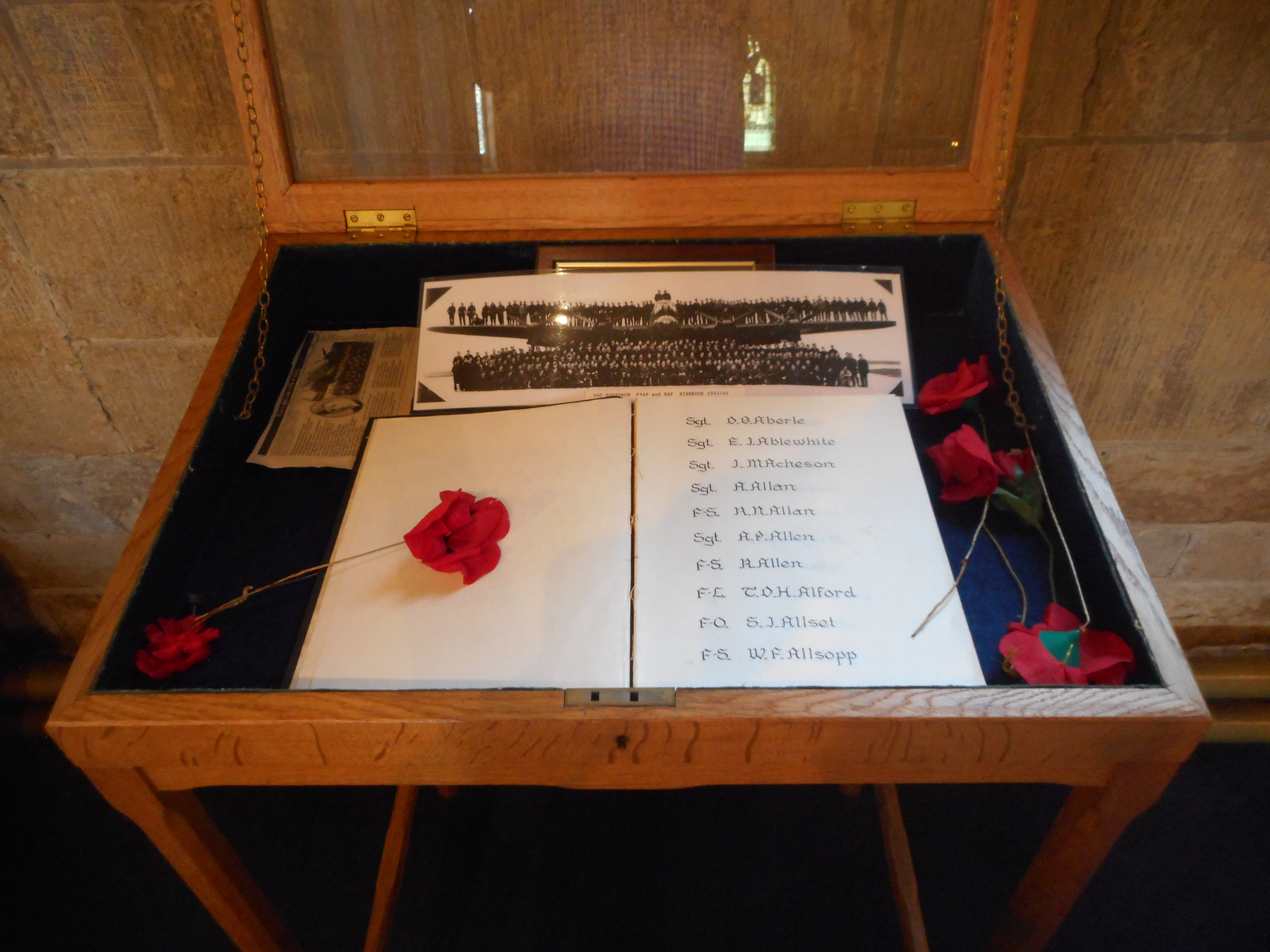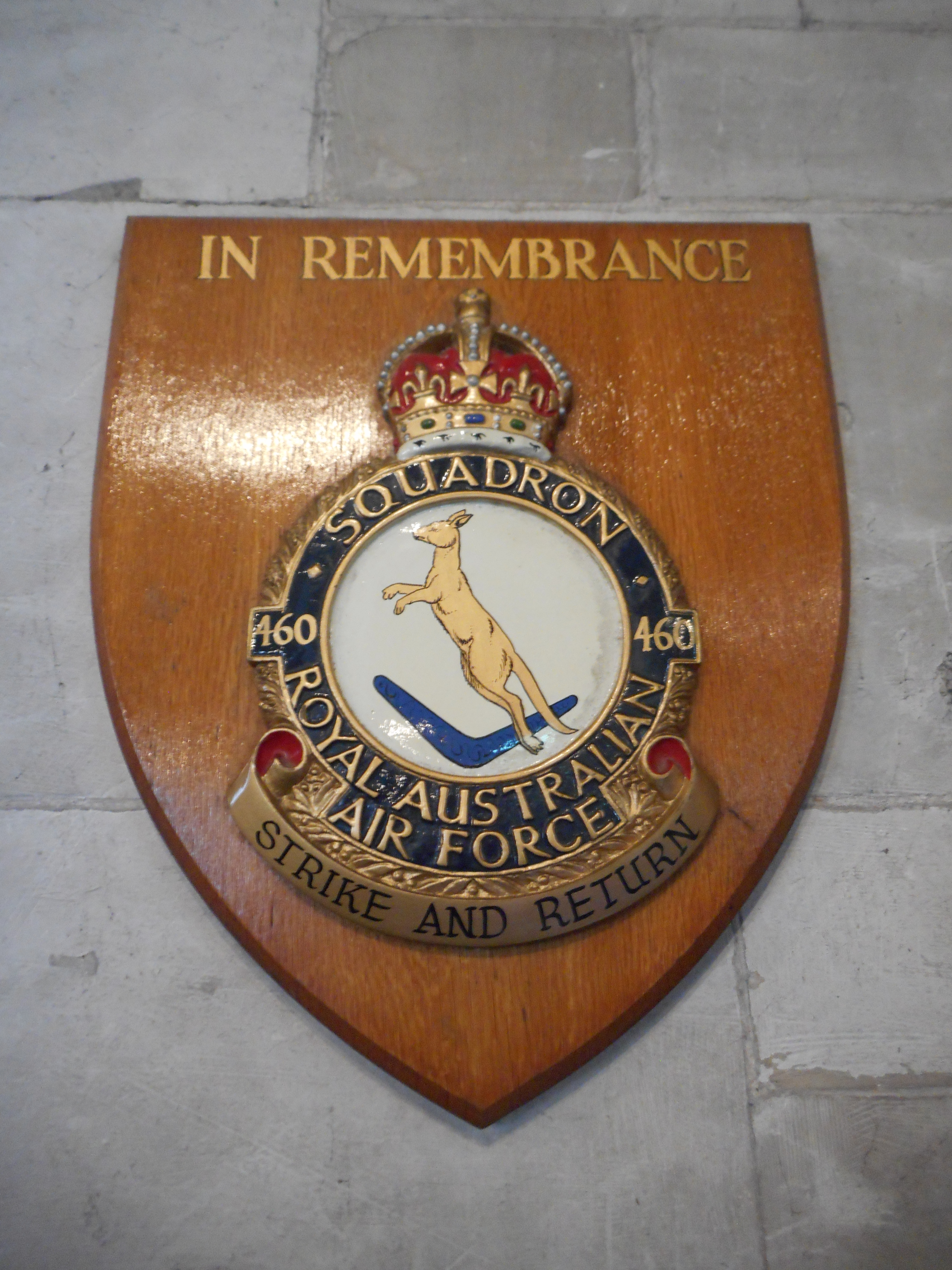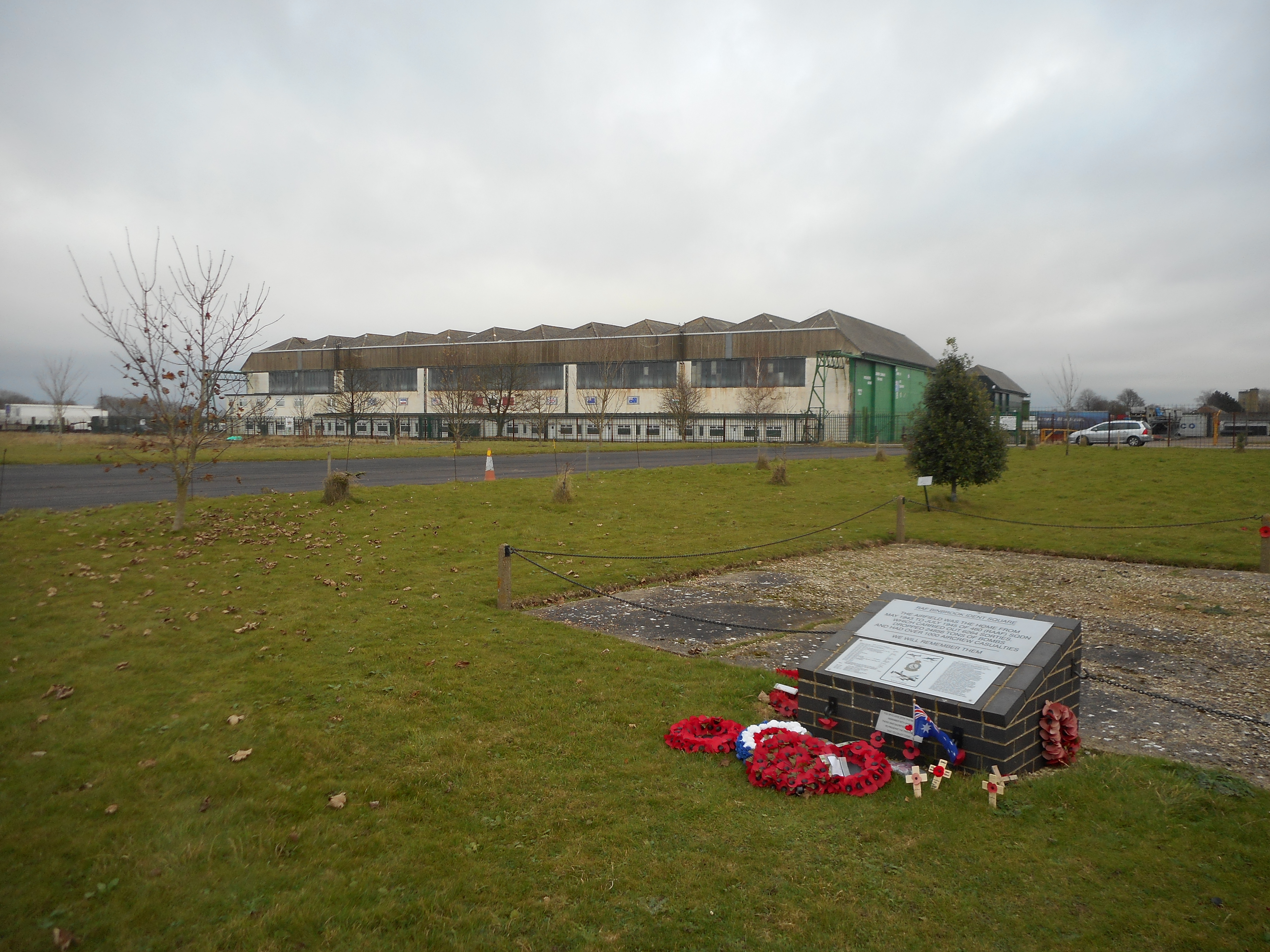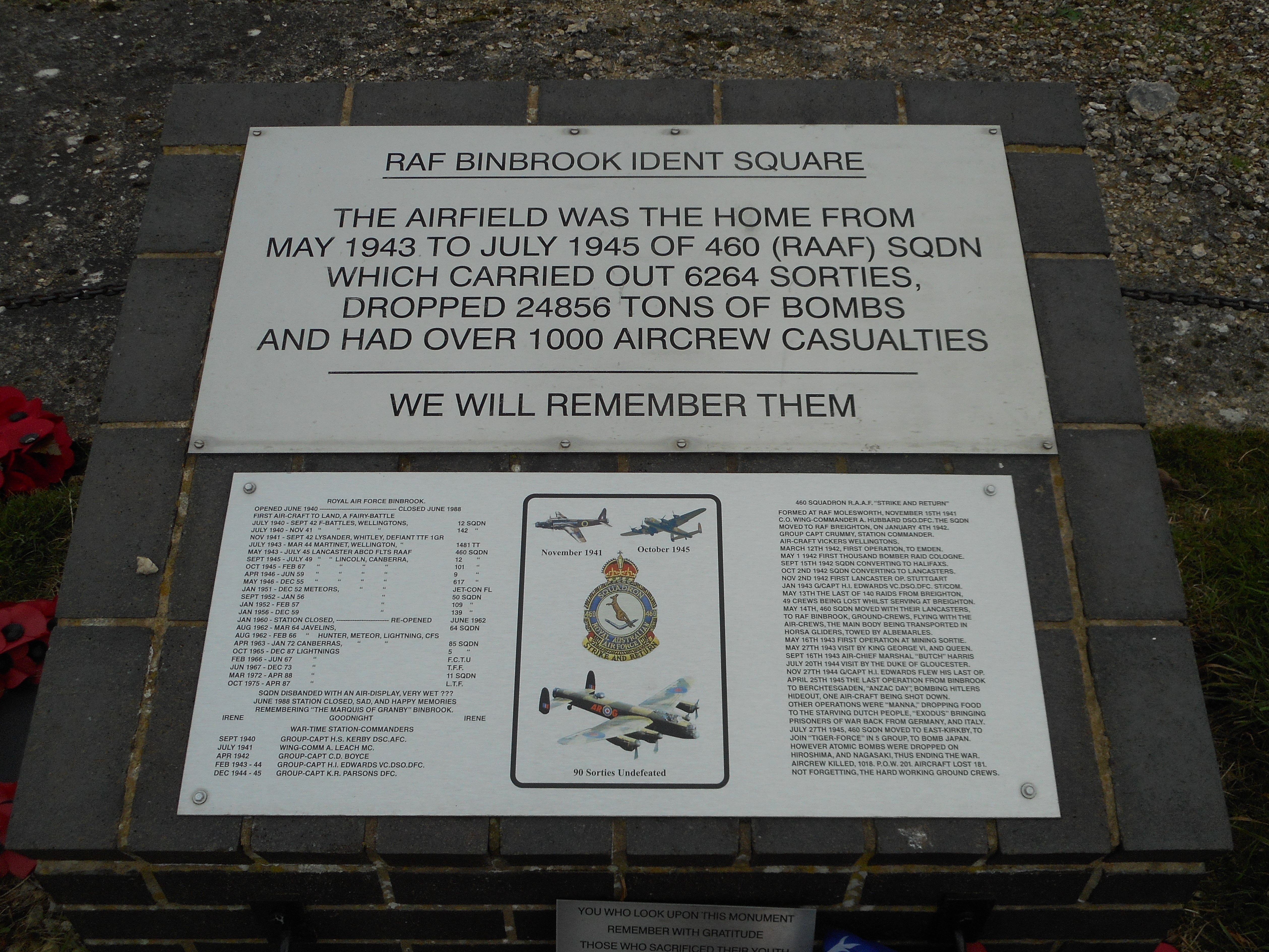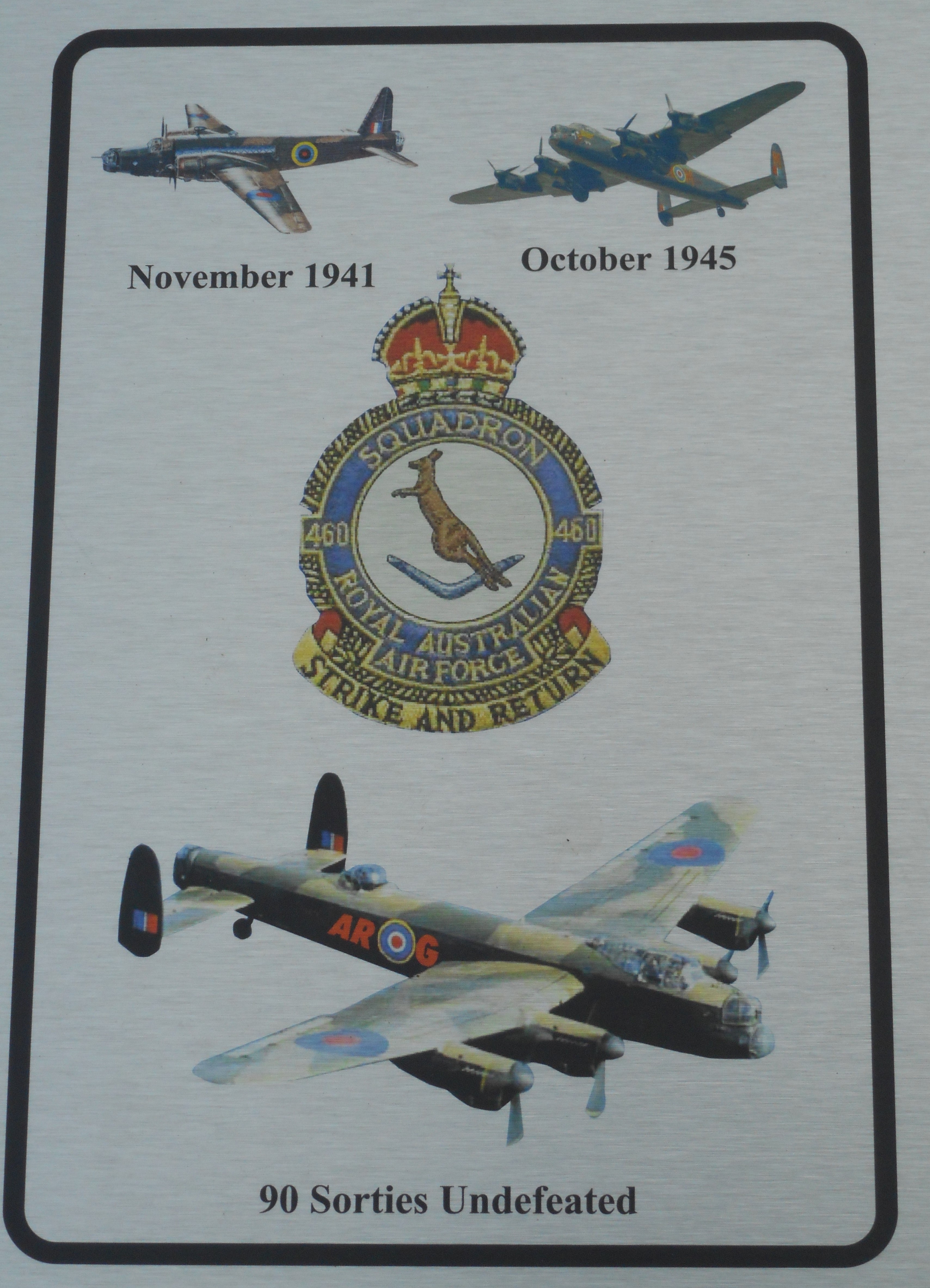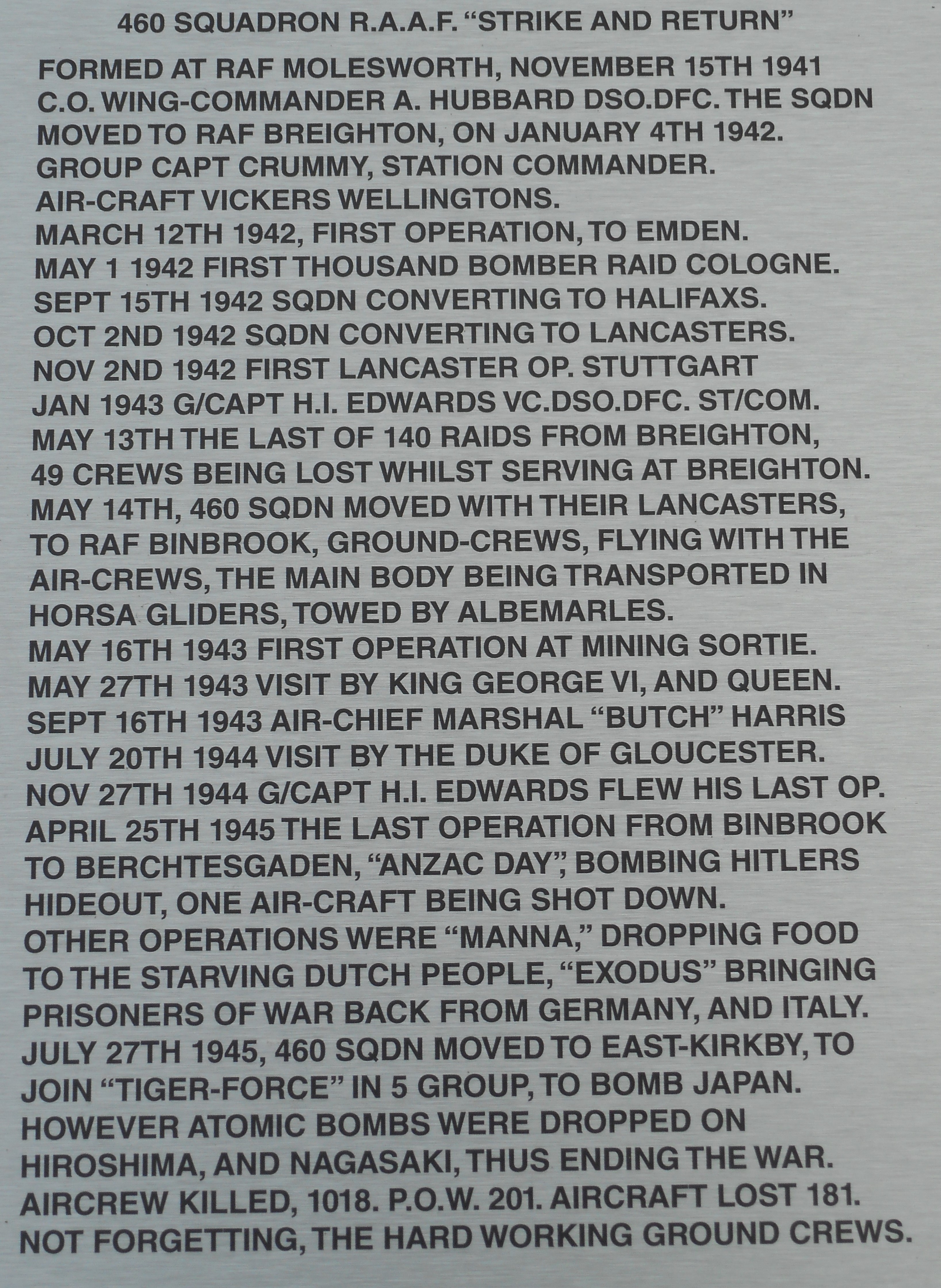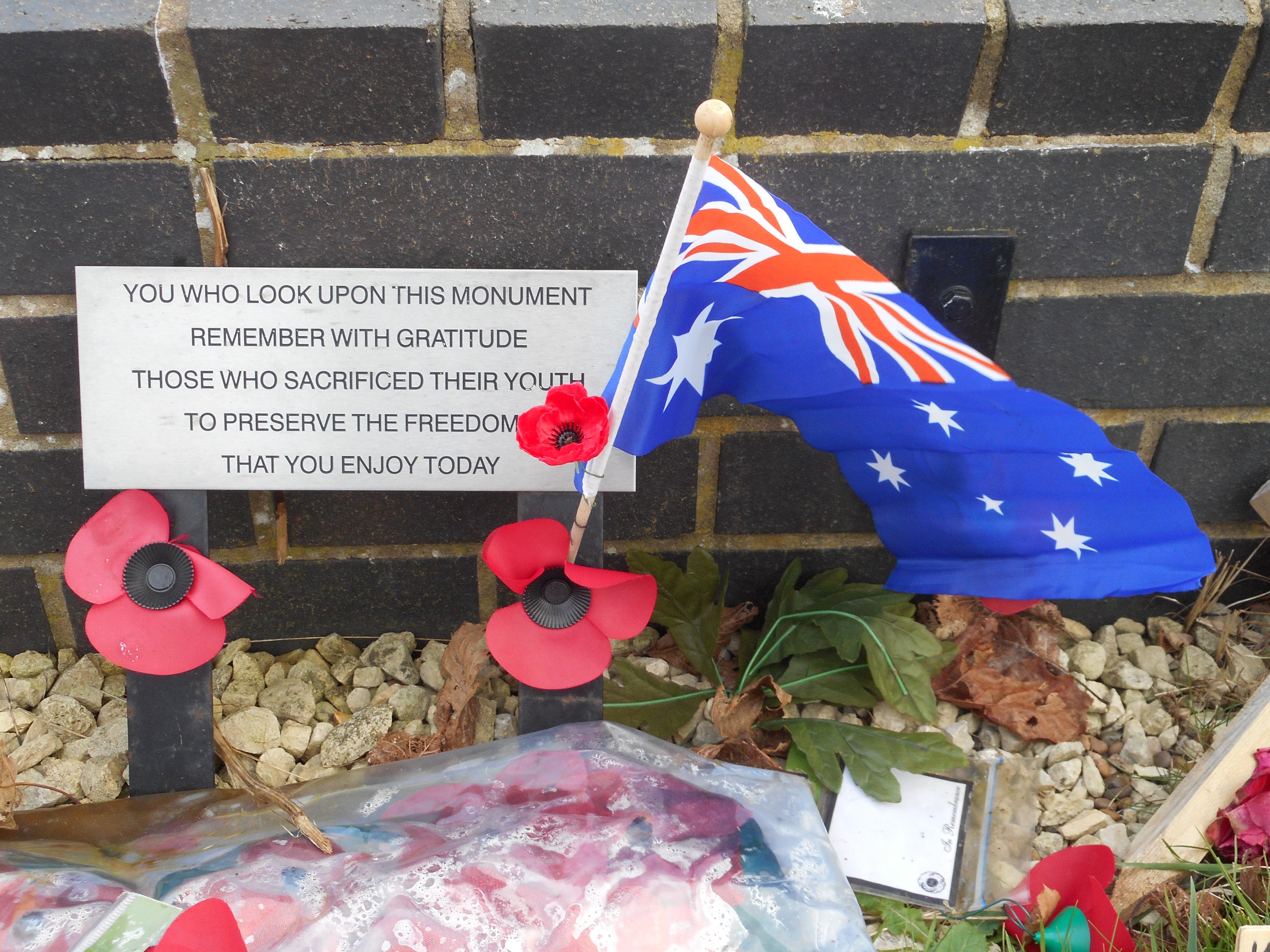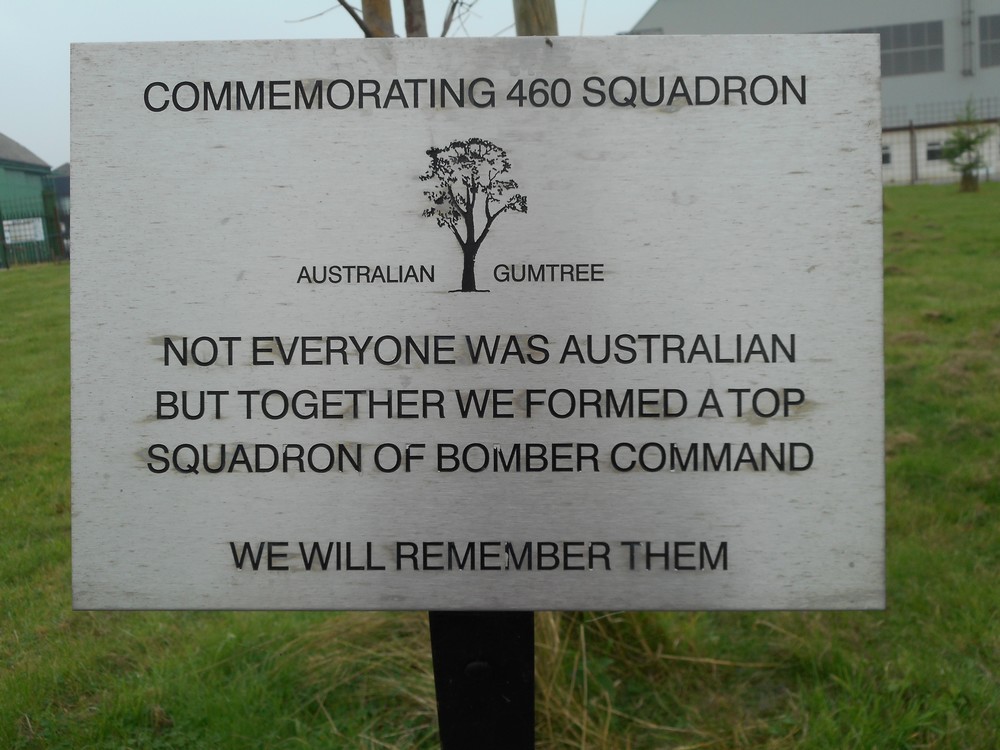Jones, Glynn
Personal Information
| Rank | Sgt |
| Forename(s) | Glynn |
| Surname | Jones |
| Gender | M |
| Age | 20 |
| Date of Death | 30-03-1944 |
| Next of Kin | Son of Sarah Ann Jones, of Bentley, Doncaster, Yorkshire. |
Aircraft Information
| Aircraft | Avro Lancaster lll |
| Serial Number | ND738 |
| Markings | AR-E |
Memorial Information
| Burial/Memorial Country | Germany |
| Burial/Memorial Place | Durnbach War Cemetery |
| Grave Reference | 8. B. 4. |
| Epitaph | HIS KINDLY THOUGHTS AND SWEET SMILE, WILL ALWAYS BE CHERISHED. HIS LOVING MAM |
IBCC Memorial Information
| Phase | 1 |
| Panel Number | 56 |
Enlistment Information
| Service Number | 1684714 |
| Service | Royal Air Force Volunteer Reserve |
| Group | 1 |
| Squadron | 460 (Australian) |
| Squadron Motto | Strike and return |
| Trade | Air Gunner |
| Country of Origin | United Kingdom |
Other Memorials
| Location | Adjacent to Clubhouse, Breighton Airfield, East Yorkshire |
| Country | United Kingdom |
| Memorial Type | Inscribed Marble Tablet |
| Memorial Text | A memorial to those who served at Breighton during WW2, including 460 Sqn RAAF |
| Location | Junction of Kirmond Rd (B1203) & Orford Rd, Binbrook, Lincolnshire |
| Country | United Kingdom |
| Memorial Type | Inscribed Stone Memorial |
| Memorial Text | A memorial to 460 Sqn RAAF which operated from Breighton and Binbrook 1941-1945 |
| Location | Church of St. Mary & St. Gabriel, Binbrook, Lincolnshire |
| Country | United Kingdom |
| Memorial Type | Stained Glass Window, RoH and Sqn Badge |
| Memorial Text | Memorial to 460 Sqn RAAF which served at Binbrook between 1941 and 1945 |
| Location | Former ATC Signals Square, Brookenby Industrial Estate, Lincolnshire |
| Country | United Kingdom |
| Memorial Type | Inscribed Metal Plaques |
| Memorial Text | Memorials to the aircrew and groundcrew of 460 Sqn RAAF who served at Brookenby, 1942-1943 |
| Location | Church of St. Michael & All Angels, Brookenby, Lincolnshire |
| Country | United Kingdom |
| Memorial Type | Inscribed Metal Plaques |
| Memorial Text | Memorials to the aircrew and groundcrew of 460 Sqn RAAF who served at Brookenby, 1942-1943 |
Miscellaneous Information
| He excelled at football, cricket, athletics and boxing, winning almost every sports prize his hometown of Doncaster had to offer. A talent scout working for Charlton Athletic's legendary manager Jimmy Seed spotted him early in 1939 and persuaded him to pack a bag and get on the train to London. Seed had turned Charlton from a Third Division (South) side into FA Cup winners pushing for the League title. In four seasons he took them to four Wembley finals, including two FA Cup Finals, and achieved the club's highest ever League finish when they came second in the First Division in 1936/37. The sixteen-year-old Jones, an outside-right or right-half at Doncaster Grammar, signed for Charlton as a centre-forward in June 1939. But his dreams of footballing glory were put on hold by the outbreak of war three months later and Jones never got to play first team football. Instead, like many professional footballers during the war, he became a journeyman who got a game wherever he could – as well as for his home team, Doncaster Rovers. He played for the Rovers first team six times during the war years, while in 1943-44 he guested for Bradford City and Aldershot. He enlisted in 1942. Glynn's family still have his trophies, a scrapbook, newspaper cuttings and some photographs. |
| This was the crew's fourth operation together. Sgt Tom Waller, the regular Mid Upper Gunner, was replaced by Sgt Alfred 'Nougat' Leggett. |
Commonwealth War Graves Commission
The National Archives
| Record of Events (Operational Record Book) AIR 27/1909/6 |
| Summary of Events (Operational Record Book) AIR 27/1909/5 |
Fellow Servicemen
Please note that this list gives all the losses aboard the quoted aircraft and occasionally these may have occurred on an earlier date when the aircraft was not itself lost. Please check the dates of death carefully.
Last Operation Information
| Start Date | 30-03-1944 |
| End Date | 31-03-1944 |
| Takeoff Station | Binbrook |
| Day/Night Raid | Night (45% moon) |
| Operation | Nürnberg |
| Reason for Loss | Aircraft took off from Binbrook at 2219 hrs detailed to attack targets in Nurnberg. Nearing the target , hit by cannon fire from a night fighter and crashed at Ermreuth, 4 km WSW of the small town of Grafenberg. Possibly shot down by Uffz Gunther Schmit of 8/NJG2 3km West of Grafenberg at 0124 hrs |


